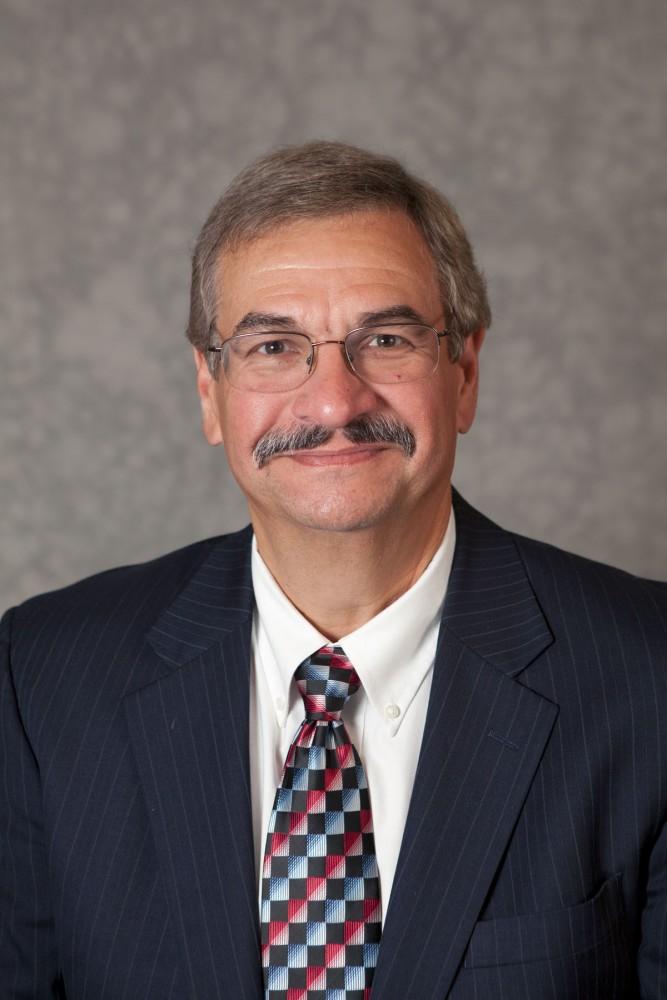GV keeps curriculum on pace with alternative energy environment

Courtesy Photo / News and Info Paul Plotkowski
Sep 8, 2011
In response to the alternative energy initiatives throughout west Michigan, Grand Valley State University is developing energy storage-specific curriculum for the 2012-2013 academic year.
With Johnson Controls, SAFT and LG Chem developing lithium-ion cell manufacturing plants in West Michigan, advanced energy storage (AES) is becoming big business in West Michigan and throughout the country.
Over $5 billion is estimated to be spent on AES programs, which are launching lithium-ion cell, battery and material manufacturing plants in the country.
Paul Plotkowski, dean of engineering and computing at GVSU, said these new specialized courses will help students become more employable to those kinds of businesses, which look for applicants with specialized skills.
“We already have courses out of the chemistry department in things like electric chemistry,” Plotkowski said. “We already have a course out of the school of engineering and alternative and sustainable energy and we already have courses in electrical power and electrical machines.”
When the new courses become available to students in the next academic cycle, they will focus in on AES battery technology and manufacturing safety.
“We are trying to be responsive to the needs of the West Michigan community,” Plotkowski said.
Plotkowski did not rule out the option of these courses becoming possible certificate-earning courses or perhaps becoming a minor or even a major. He did add that these changes would take place far in the future.
“There is a lot of activity in West Michigan as well as the nation with regard to alternative energy and advanced energy storage,” Plotkowski said. “Several of us from the university have been involved with working with Lakeshore Advantage, which is an economic development organization for the Holland-Zeeland corridor.”
Arn Boezaart, director of GVSU’s Michigan Alternative and Renewable Energy Center said the approach to these AES manufacturers needs to be one with a helpful tone.
“With access to a long coastline along Lake Michigan, there is opportunity to utilize AES technology for renewable energies like solar and wind,” Boezaart said in a press release. “AES is not limited to automotive use.”
Plotkowski agreed that the goal to better serve the students by preparing them for these work environments and at the same time offer employers with employable people.
“What we are hearing from the employer community is what they really need are folks that have a good broad background but also some background to these emerging technologies,” he said. “So those developing these courses are not looking necessarily to introduce whole new majors but rather using the courses we have plus some specialty courses to allow students to tailor their programs into those areas.”























